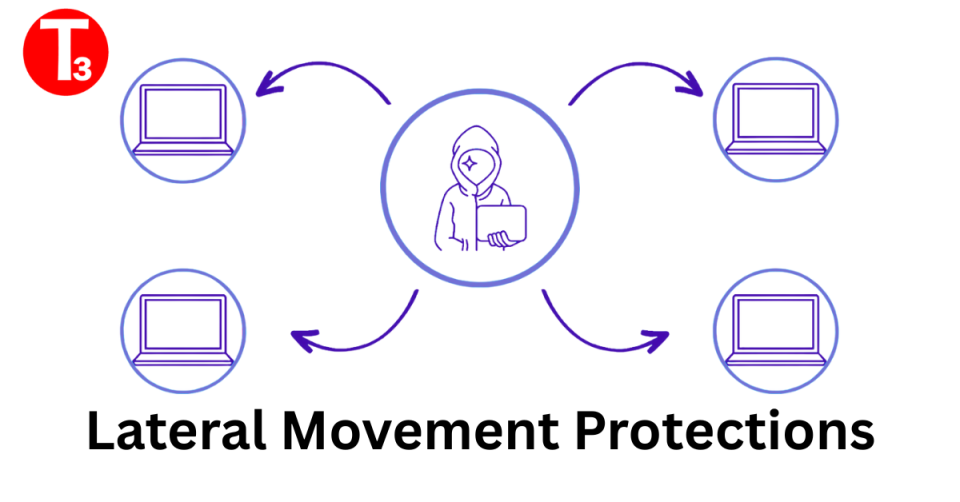
CVE 2018-13379, CVE-2020-12812, and CVE-2019-5591- Exploited to gain access
May 5, 2021
Rise of Cybercrime during COVID-19 Pandemic
October 3, 2021Pakistani businesses can reap impressive benefits from the Internet of Things (IoT). But more IoT devices and a more complex IoT ecosystem also mean increased security vulnerabilities from edge to cloud.Sadly, many companies still put off adopting an IoT cybersecurity strategy and don’t realize IoT security risks until it’s too late.
Here are top IoT Internet of Things Cyber Security Checklist for the most common IoT security issues faced by organisations in Pakistan.
1 – Secure the IoT Network
Protect and secure the network connecting IoT devices to the back-end systems on the internet by implementing traditional endpoint security features such as antivirus, anti-malware, firewalls, and intrusion prevention and detection systems.
2 – Authenticate the IoT Devices
Allow the users to authenticate the IoT devices by introducing multiple user management features for a single IoT device and implementing robust authentication mechanisms such as two-factor authentication, digital certificates, and biometrics.
3 – Use IoT Data Encryption
To protect the privacy of users and prevent IoT data breaches, encrypt the data at rest and in-transit between IoT devices and back-end systems by using standard cryptographic algorithms and fully-encrypted key lifecycle management processes to boost the overall security of user data and privacy.
4 – Use IoT PKI Security Methods
To ensure a secure connection between an IoT device & app, use IoT public key infrastructure security methods such as X.509 digital certificate, cryptographic key, and life-cycle capabilities including public/private key generation, distribution, management, and revocation.
5 – Use IoT Security Analytics
Use IoT Security Analytics Solutions that are capable to detect IoT-specific attacks and intrusions, which can’t be identified by traditional network security solutions like firewalls.
6 – Use IoT API Security Methods
Use IoT API Security methods not only to protect the integrity of the data movement between IoT devices, back-end systems, and applications using documented REST-based APIs, but also to ensure that only authorized devices, developers, and apps are communicating with APIs or detecting potential threats and attacks against specific APIs.
7 – Test the IoT Hardware
Place a robust testing framework in place to ensure the security of IoT hardware. This includes stringent testing of the IoT device’s range, capacity, and latency. The chip manufacturers of the IoT devices also need to reinforce the processors for more security and less power consumption without making them too expensive for the buyers or too impractical to be used in the current IoT devices given the fact that a majority of the IoT devices available today are cheap and disposable with a very limited battery power. Also, the IoT device manufacturers need to do a broad testing of all the third-party components and modules that they are using in their IoT devices to ensure their proper functioning with their IoT applications.
8 – Develop Secured IoT Apps
Given the immaturity of the current IoT technology, the developers of the IoT applications must emphasize on the cyber security aspect of their IoT applications by strictly implementing attack surface analysis following all the above-mentioned IoT security technologies. Before developing any IoT applications, the developers must also do a complete research on the security of their IoT applications and try their best to strike a perfect balance between the User Interface and Security of their IoT apps.
9 – Avoid Launching IoT Devices in a Rush
To stay ahead in the competition, the manufacturers of the IoT devices are often in a rush to launch their products in the market at the lowest prices. And, while doing that, they don’t pay enough attention to provide security updates and patches. This poses a serious threat to the security of their IoT devices in the long run. To overcome this challenge, the manufacturers of the IoT devices should avoid launching their products without proper planning for the long-term support for the security of their IoT devices and applications.
10 – Beware of Latest IoT Security Threats & Breaches
To ensure the security of the IoT devices and applications, the device makers and app developers must beware of the latest IoT security threats and breaches. Since the IoT is still an emerging technology, its security breaches are bound to happen. Hence, both IoT device manufacturers and the IoT app developers must be ready for the security breaches with a proper exit plan to secure maximum data in case of a security attack or data breach. Last but not least, both IoT device makers and IoT app developers must also take an initiative to teach their employees and users about latest IoT threats, breaches, and security solutions.





